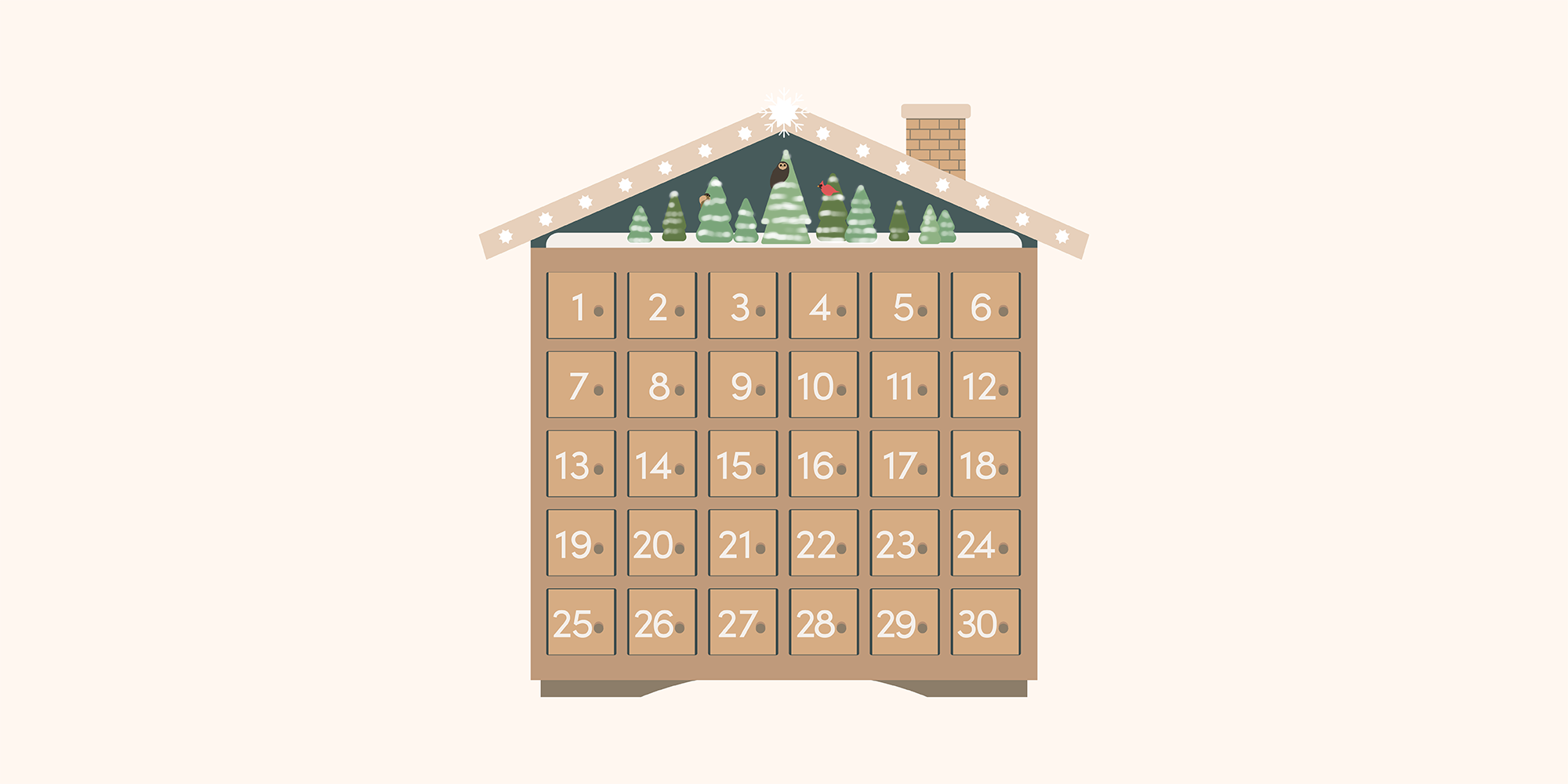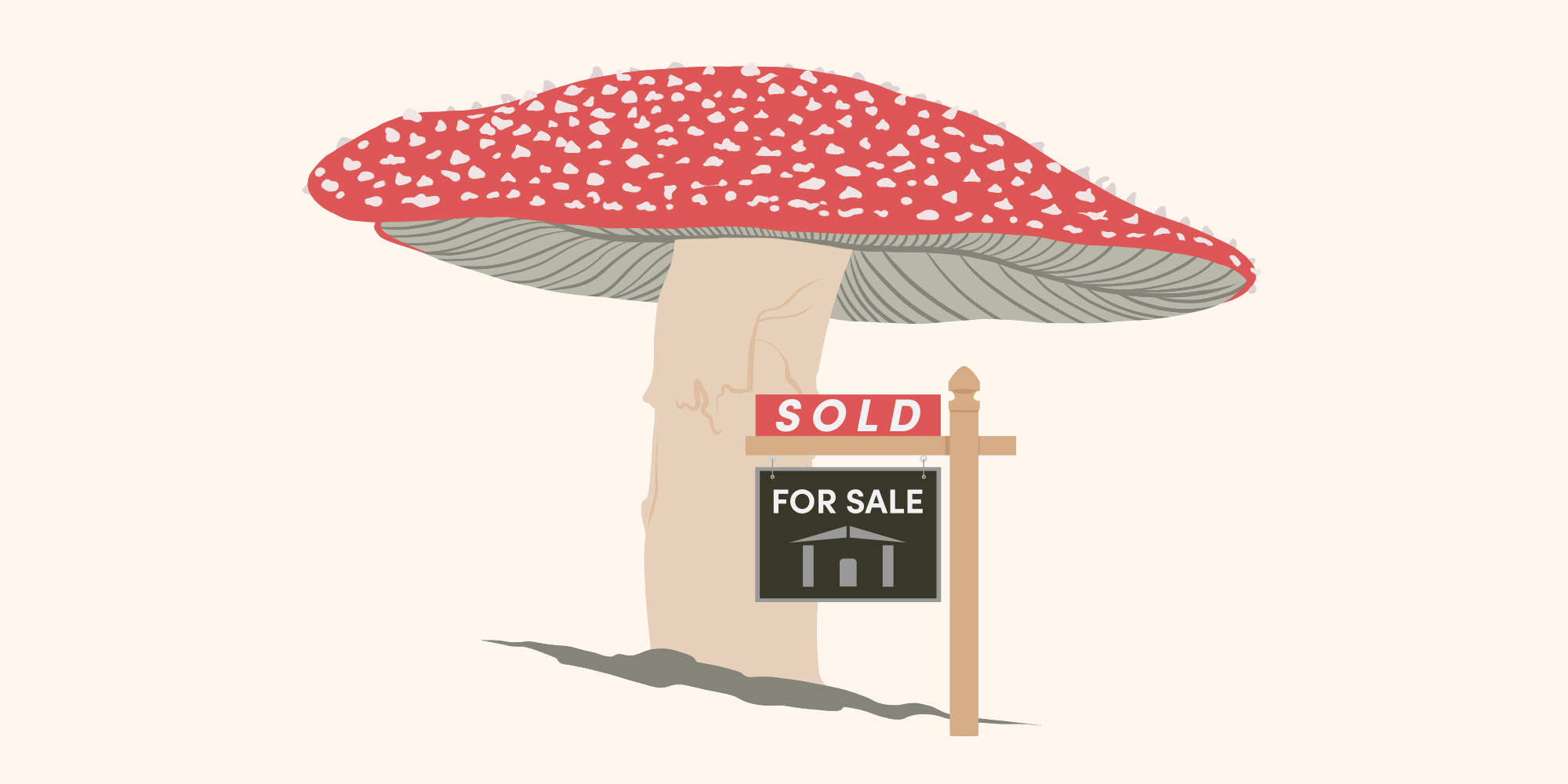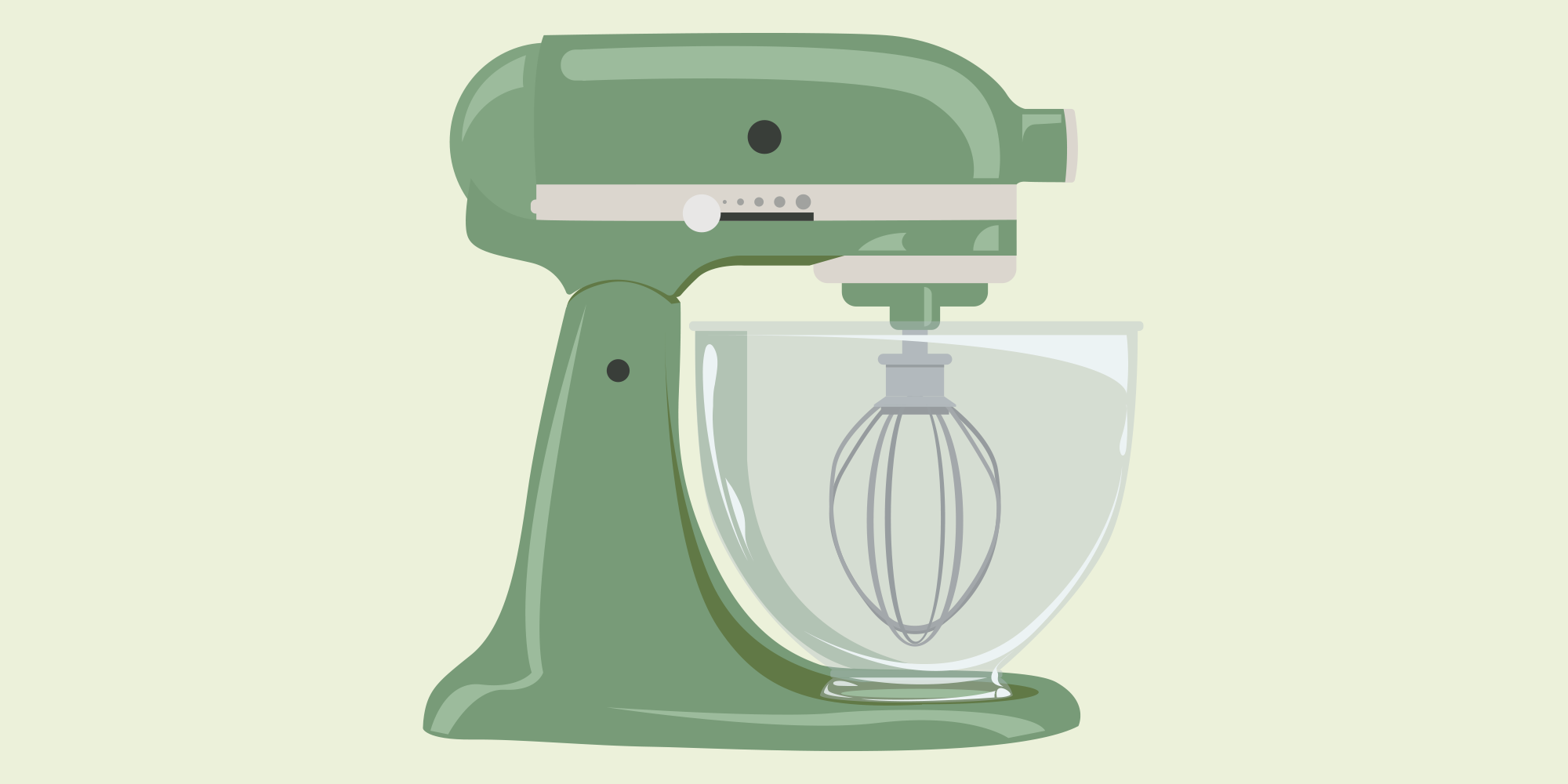Amortization refers to the schedule of payments over the course of your mortgage. The word “amortize” actually comes from Old French that literally meant “to kill.”
The amortization period is the time needed to completely pay off a mortgage — it’s an estimate based on the interest rate for your current term. The mortgage term is not the same as the amortization period. It’s the duration of the loan agreement negotiated with a lender — in Canada, this is usually five years, but there are some 10-year term mortgage terms.
A 30-year amortization is readily available in Canada, but a 35-year amortization period will only be available through an alternative lender. These longer-term mortgages stopped being offered by big banks or credit unions following the 2008 financial crisis, along with 40-year amortization options, which are no longer available through any lender.
As your mortgage amortizes, you’ll pay a growing amount towards principal, which enables you to build equity. Home equity is the difference between the value of a home and how much is still owed on the mortgage.
A mortgage amortization schedule sets out the specific repayment plans for that loan. It lays out how much is due each payment day and what factors were used to determine the payment dates and amount.
And while a longer amortization period might help with affordability because it leads to lower payments, it also means paying more interest over the life of the mortgage.







